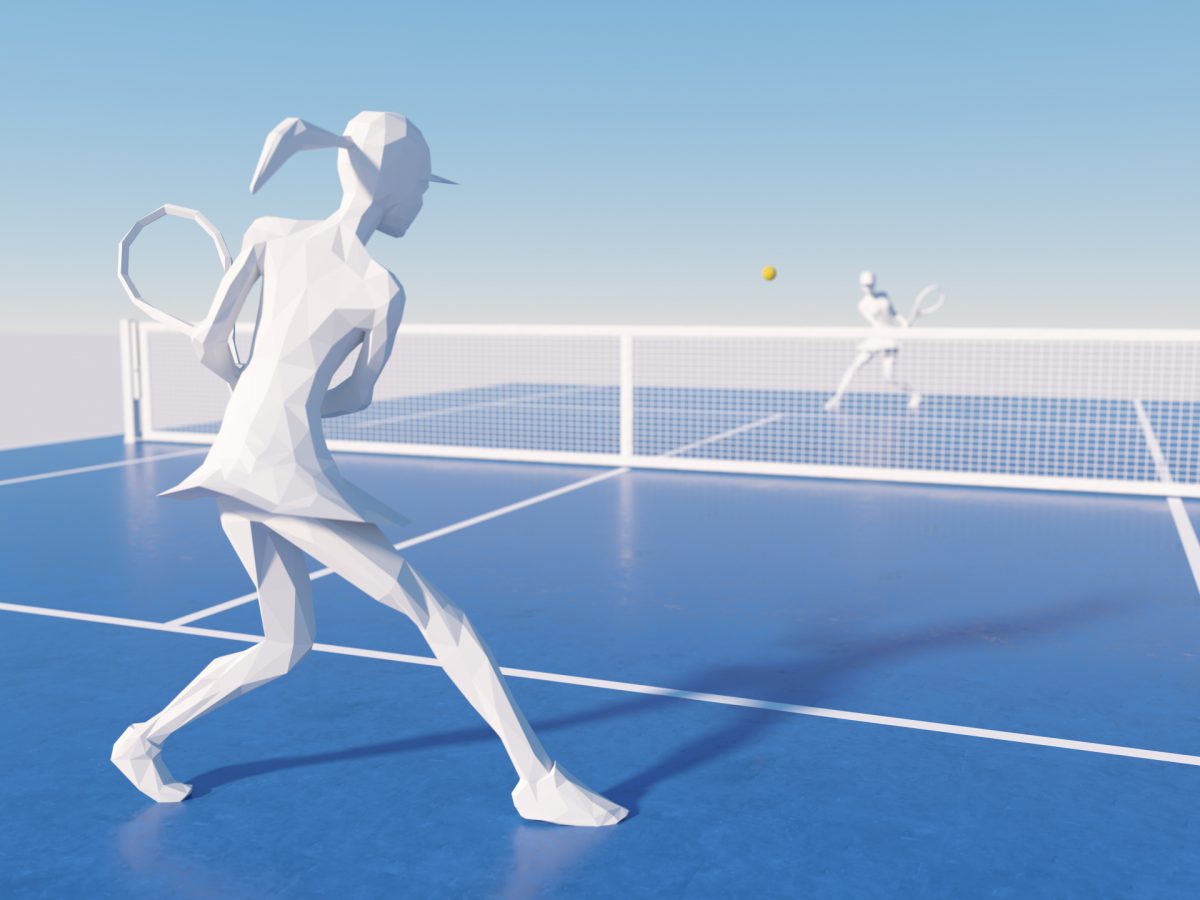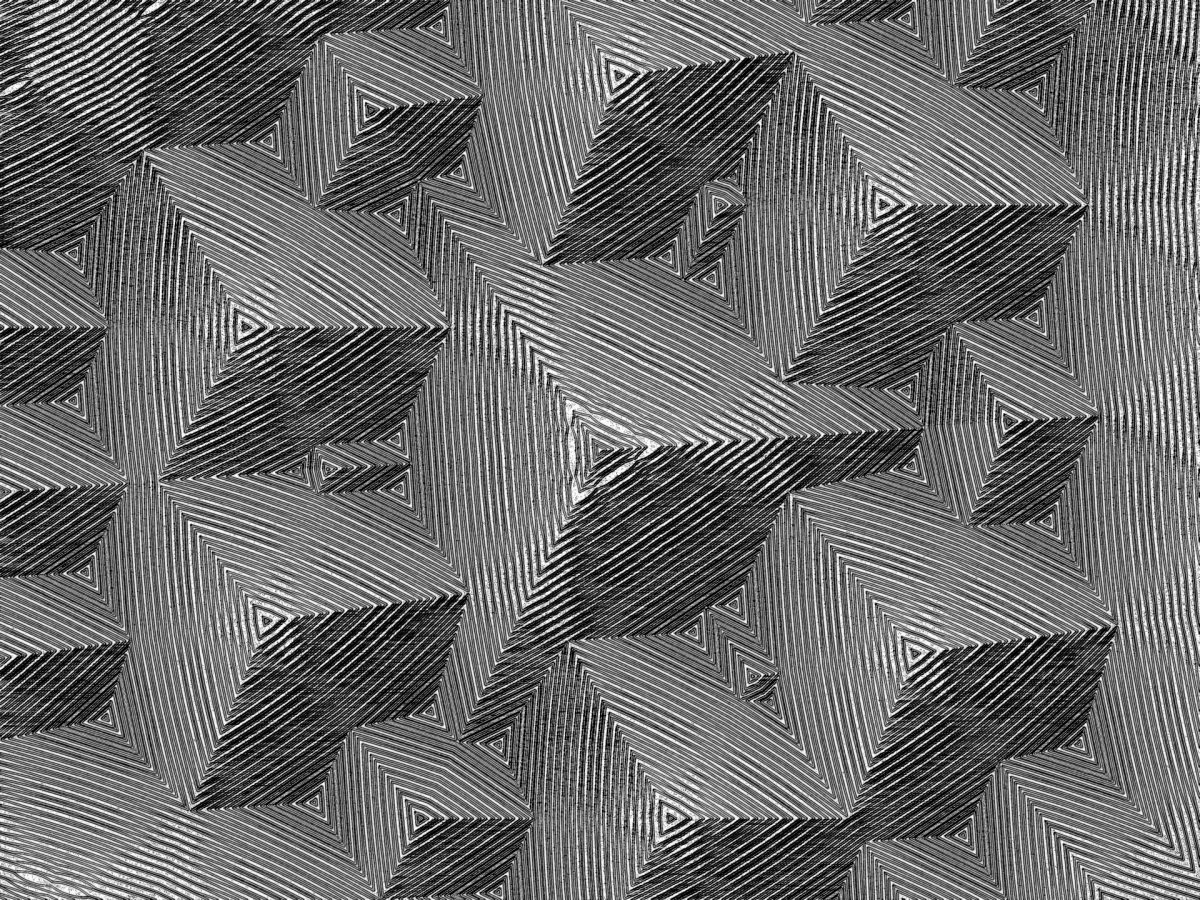One of the coolest features added to Blender since the 2.7 release is the Wireframe Modifier. Keep reading to find out what it does and how to set it up in Cycles and Eevee. What Is Blender’s Wireframe Modifier? In short, Blender’s wireframe modifier allows you to see what your mesh is actually made of …










